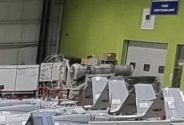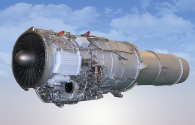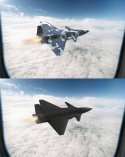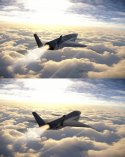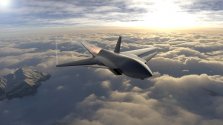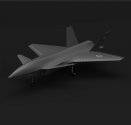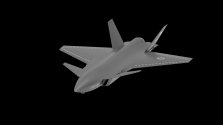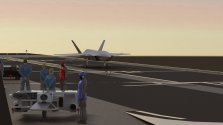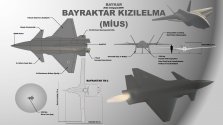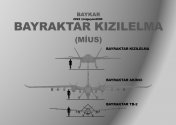Ukraine is already gone at this point so I think the engines should work out fine for the prototypes but they really should start seeking other alternatives for the serial production. Maybe F124 or Turbomeca Adour could work?Indeed. I didn't see openings for main wing on the fuselage like you see with the TB-2 production model. There don't appear to be movable control surfaces on the vertical slabs either.
However the aircraft engine appears to have been delivered. I think things will progress a lot faster than 3 years.
You are using an out of date browser. It may not display this or other websites correctly.
You should upgrade or use an alternative browser.
You should upgrade or use an alternative browser.
Turkey Military News, Reports, Data, etc.
- Thread starter Jeff Head
- Start date
Ukraine is already gone at this point so I think the engines should work out fine for the prototypes but they really should start seeking other alternatives for the serial production. Maybe F124 or Turbomeca Adour could work?
That is indeed cause for concern. Do we know how many aircraft engines have already been delivered? If the number of delivered engines is considerable then production can be cascaded, with the first batch using AL-25. Test fly the second prototype variant with alternative engine during production of first batch and produce block II with alternative engines afterward.
Design changes over timeView attachment 85099View attachment 85100
----------
View attachment 85101View attachment 85102View attachment 85103View attachment 85104
Changes I see:
1) Canard shape changed from trapezoidal to swept.
2) LERX changed from triangular to round, super hornet style.
3) Addition of EOTS under the nose.
4) Canards are now anhedral to the main wings.
2 and 4 are probably done to take advantage of vortices and improve lift at high AOA, which is important for a carrier aircraft that needs short takeoff.
In the future it is possible for the following additions:
1) cropped canard/vertical slab tips.
2) jagged or rectangular engine nozzles for improving rearward stealth.
3) enlargement and/or increased width on the main wings to increase lift.
Last edited:
Unrelated but it looks more like a smaller J-20 day by day, I wonder what the Chinese honestly think right nowChanges I see:
1) Canard shape changed from trapezoidal to swept.
2) LERX changed from triangular to round, super hornet style.
3) Addition of EOTS under the nose.
4) Canards are now anhedral to the main wings.
2 and 4 are probably done to take advantage of vortices and improve lift at high AOA, which is important for a carrier aircraft that needs short takeoff.
In the future it is possible for the following additions:
1) cropped canard/vertical slab tips.
2) jagged or rectangular engine nozzles for improving rearward stealth.
(By that I don't want someone to come here and make a reference to the "Chinese copy everything" narrative and get likes, I genuinely wonder some of your thoughts, bc this is how a unmanned J-20 would look like.)
Anyway, first AESA Radar and now the addition of EOTS, it seems this drone won't be as cheap as initially told.
Also, I wonder would they add some software-related limitations in the future to the canards' movement in order to limit the radar signature, we shall hear something about it in the near future.
Unrelated but it looks more like a smaller J-20 day by day, I wonder what the Chinese honestly think right now
(By that I don't want someone to come here and make a reference to the "Chinese copy everything" narrative and get likes, I genuinely wonder some of your thoughts, bc this is how a unmanned J-20 would look like.)
Anyway, first AESA Radar and now the addition of EOTS, it seems this drone won't be as cheap as initially told.
Also, I wonder would they add some software-related limitations in the future to the canards' movement in order to limit the radar signature, we shall hear something about it in the near future.
Can't speak for other Chinese people but here is my opinion on the matter -- only a-holes dismiss one aircraft as a "cheap imitation" of another because of aerodynamic similarities. I am actually happy that there are design similarities since for me, it vindicates many of the design choices that the CAC took with the J-20.
From an engineering standpoint the same problem needs to be solved -- how do we reconcile stealth, maneuverability, and high speed performance on an aircraft that may be saddled with underpowered propulsion during IOC? I don't think that there are any CAC engineers working in Turkey, so they likely reached the same conclusions after doing wind tunnel tests, computer simulations, and RCS simulations.
Software could reduce the fluctuation of canard surface during cruising flight but even a change of +/- degrees could cause a spike in frontal RCS. This problem could be mitigated by application of sawtooth patterns and RCS reducing composites to the front and rear of the canards and more easily, by cropping the canards. Both since Kizilelma is a carrier fighter increasing the lift may be more important than lowering the RCS to a ridiculously low level. It did change from a triangular LERX to a round one, which generates greater lift at possible expense to RCS.
DefenceTurkey magazine had an interview with the MoD of Latvia:
"We believe that we should integrate closer the Latvian military industry and Turkish military industry because you have a number of interesting products which we could buy and develop also in Latvia. We are looking for Turkish investors in our country because we need to shorten logistic lines provisions for Army which means we cannot only buy abroad…"
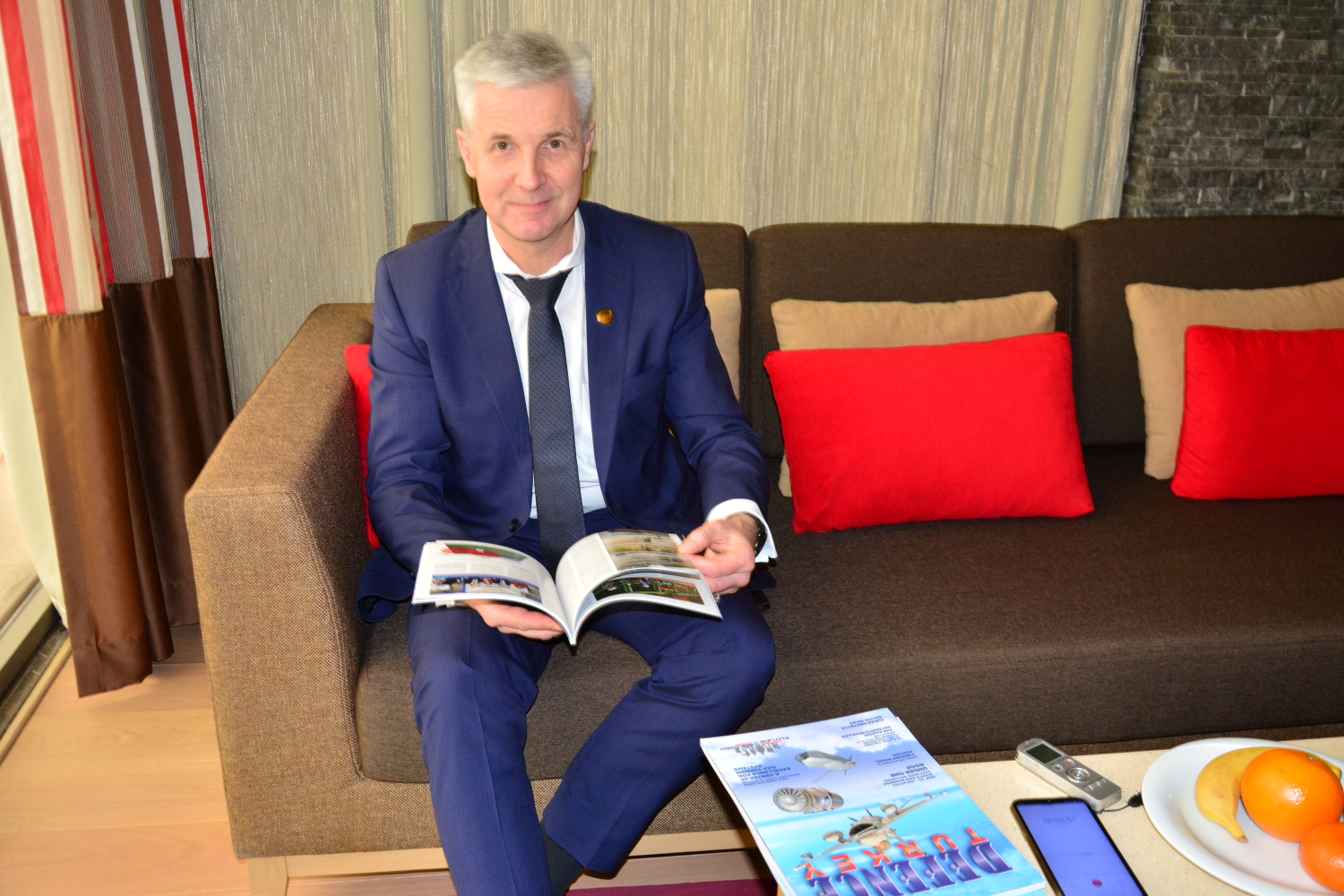
"We believe that we should integrate closer the Latvian military industry and Turkish military industry because you have a number of interesting products which we could buy and develop also in Latvia. We are looking for Turkish investors in our country because we need to shorten logistic lines provisions for Army which means we cannot only buy abroad…"


